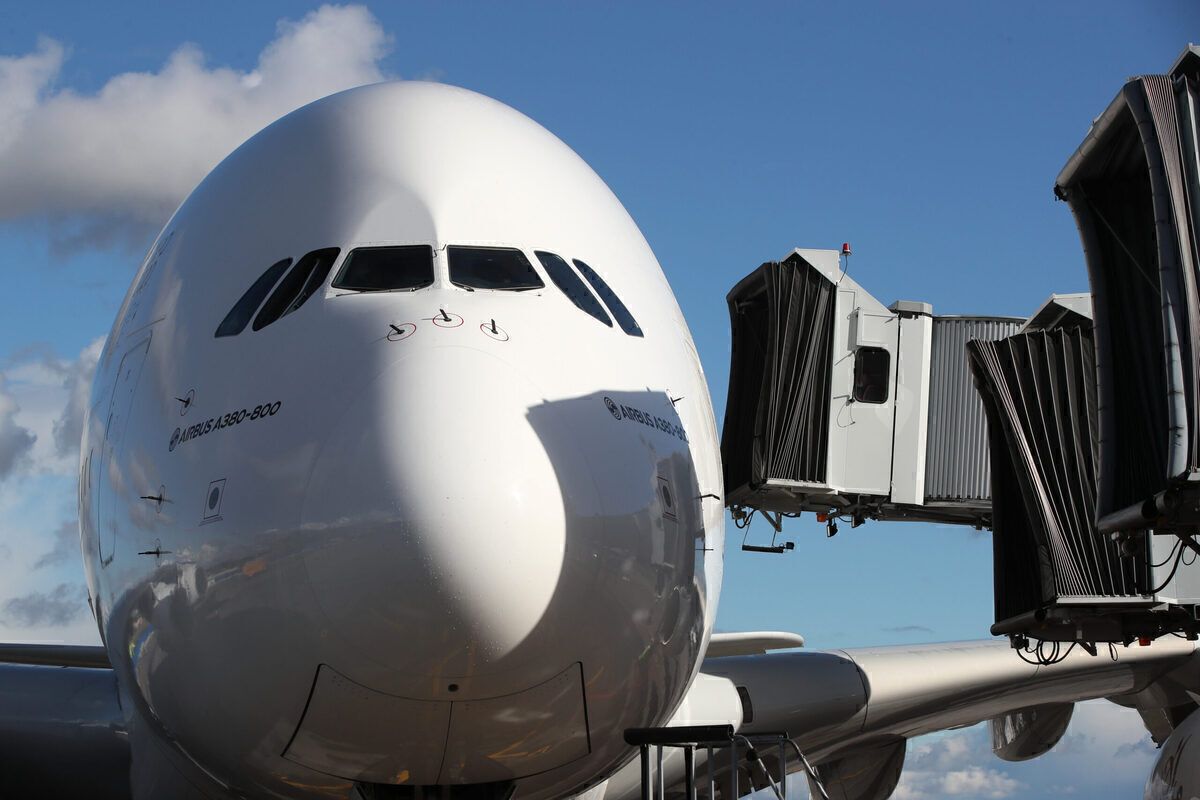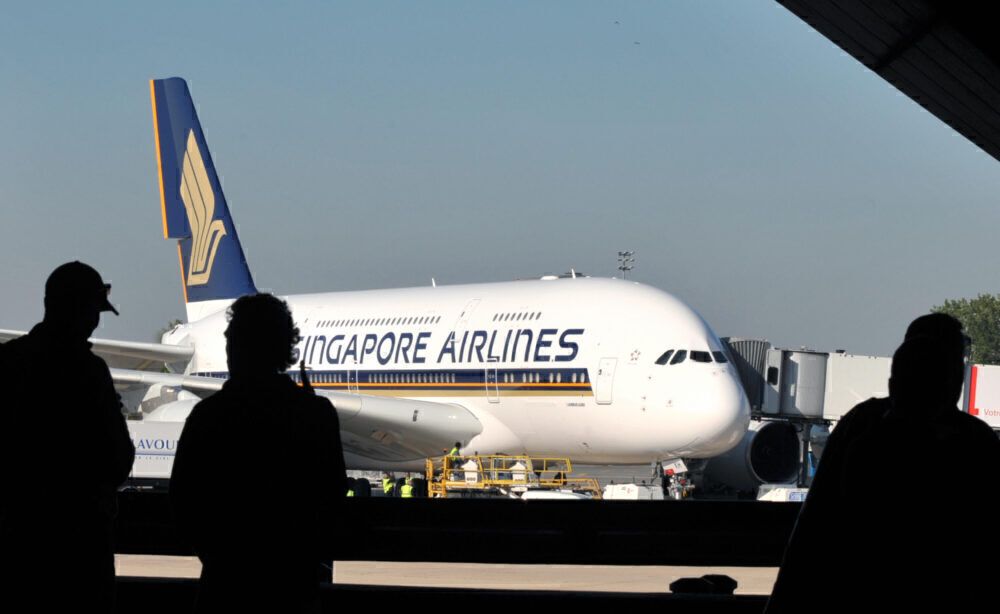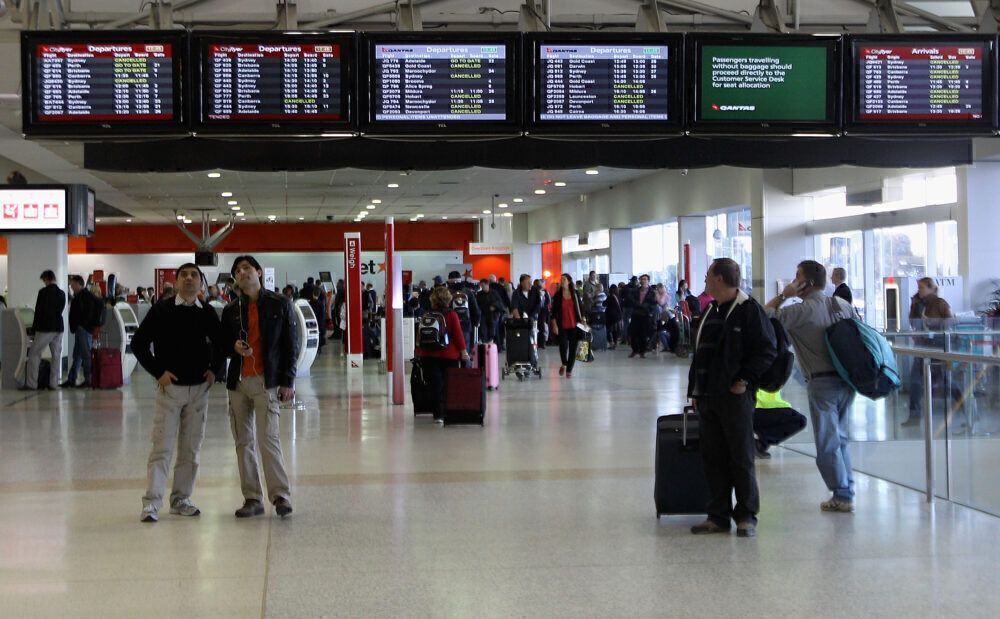There was no relief for Asia-Pacific airlines in February as passenger demand slumped further. According to data released on Monday, the region’s airlines carried only 1.2 million international passengers across the month. That's fewer than the 1.3 million passengers carried in January and 97.7% fewer passengers than carried in February 2020.
February passenger numbers down
The Association of Asia-Pacific Airlines (AAPA) released its monthly snapshot of airline activity in the Asia-Pacific region on Monday morning. Despite the good news regarding vaccination rates and noises about unwinding travel restrictions, it's not translating into more people taking an international flight.
“During the first two months of the year, Asian airlines carried just 4% of the number of international passengers that flew in the corresponding months of 2019, before the pandemic decimated travel,” said AAPA Director-General, Subhas Menon.
“The rebound in economic activity is progressing globally, whilst the travel and tourism sectors continue to be severely curtailed by differing travel requirements and restrictions, with the unpredictability of further changes.”
AAPA points to the spread of COVID-19 variants in February and the subsequent tightening of entry restrictions at many borders as the reason for February's weaker passenger numbers. In contrast to the 1.2 million international passengers across the Asia-Pacific region in February 2021, 18.3 million passengers took an international flight around the region in February 2020.
The AAPA says seat availability in February was 14.9% of February 2020 levels. In February 2021, the average international passenger load factor across the region was 24.8%.
The February 2021 passenger numbers closely followed the release of calendar year 2020 figures. Over the year, Asia-Pacific airlines carried 69 million passengers or 18% of 2019 volumes. The AAPA Director-General called these numbers dismal.
AAPA wants more co-operation on vaccination passports
For the past several months, AAPA has been critical of the ad hoc nature surrounding vaccination passports and vaccination programs.
"We call on governments to fully embrace the guidelines and collaborate with one another to ensure that travel requirements are harmonized for the convenience of the travelling public,” Mr Menon said today.
AAPA is fully onboard the vaccination passports bandwagon. They see that as a ticket to unravelling many of the barriers to resuming international travel. But AAPA is less enamoured with many governments and industry bodies doing their own thing with vaccination passports. They argue people should get behind one or two vaccination passports and work on their universal acceptance and utility. A year down the track, having a shopful of vaccination passports, many of them not widely recognized, won't help reboot international travel.
Stay informed: Sign up for our daily and weekly aviation news digests.
AAPA critical of uneven vaccination rollout
AAPA is equally unimpressed by the uneven rollout of the vaccination program. The rollout is going relatively well in rich countries. Over 93 million US citizens have received both their vaccination shots. In the Asia-Pacific region, some 1.1 million Singaporeans, or over 20% of the population, have had at least their first shot.
Such countries are on track to have their populations vaccinated by the end of the year. But the outlook is not so rosy in poorer, neighboring countries. AAPA fears the world will shortly unravel into a can travel group and cannot travel group - all based on vaccine availability. The airline industry body argues international travel demand will not fully recover until vaccinations are universally available.
In the meantime, international travel demand in the Asia-Pacific region and around the world continues to stagnate at historically low levels. AAPA thinks they know the way to solve the problem. But getting everybody onboard is a whole other challenge.



